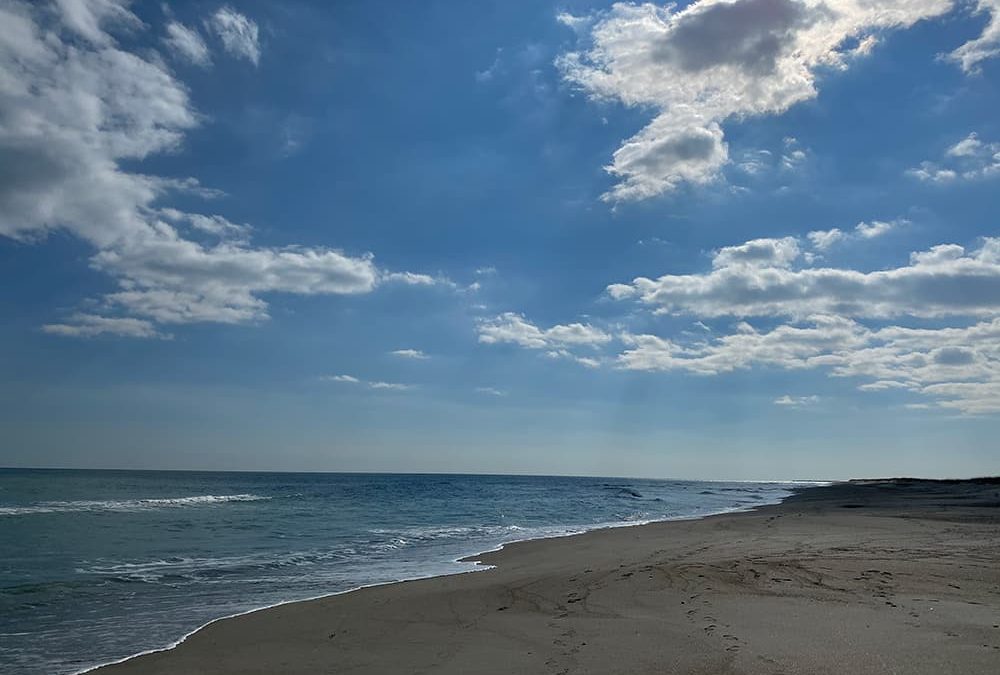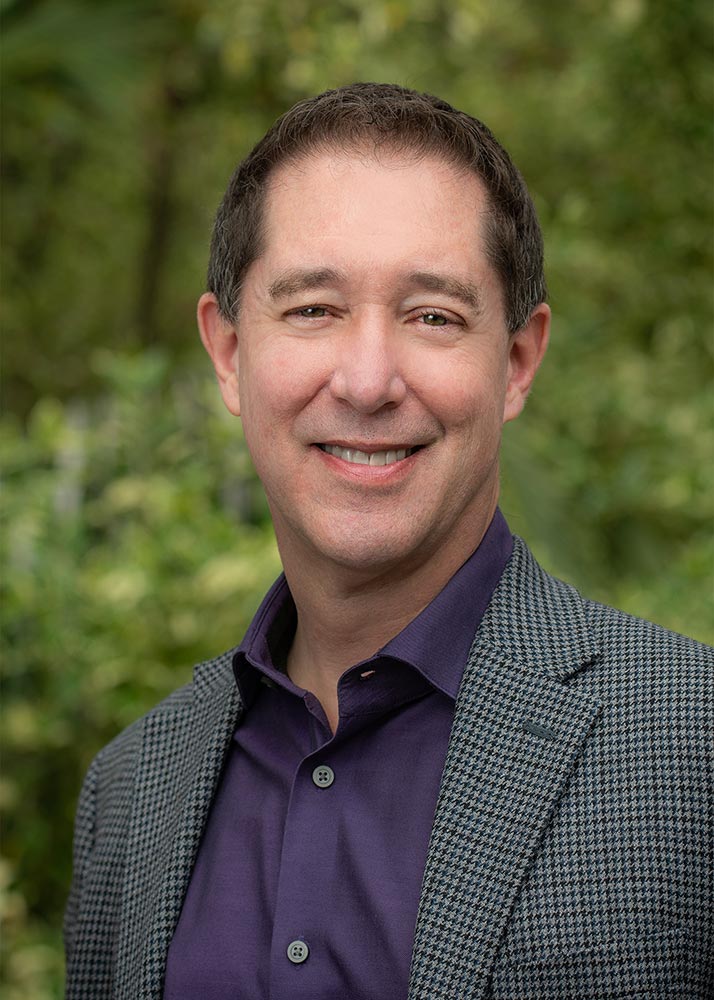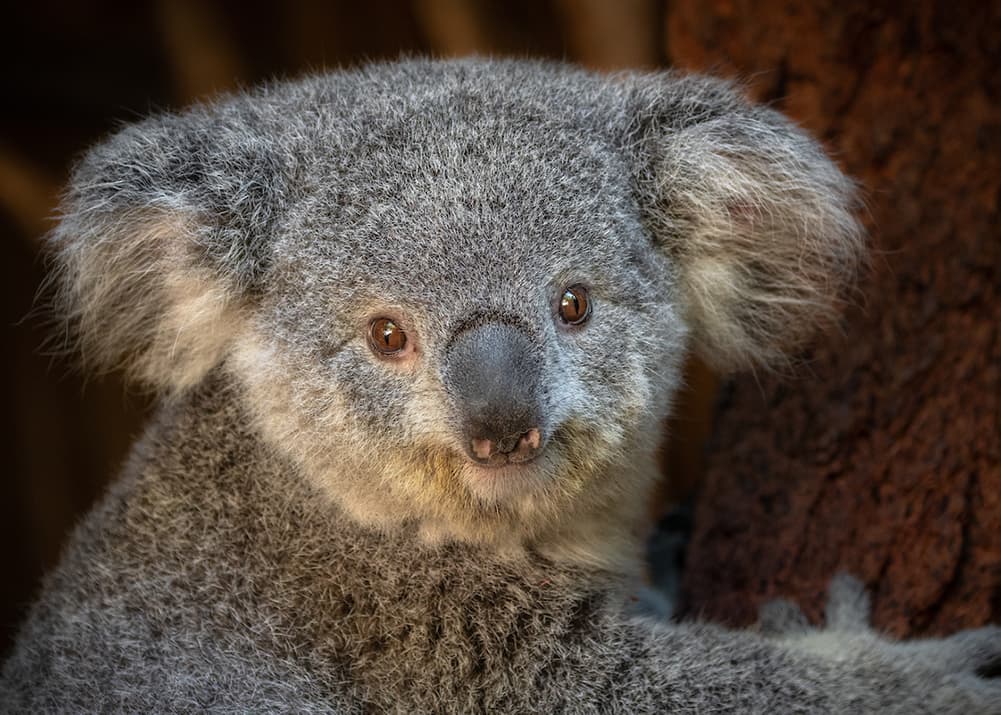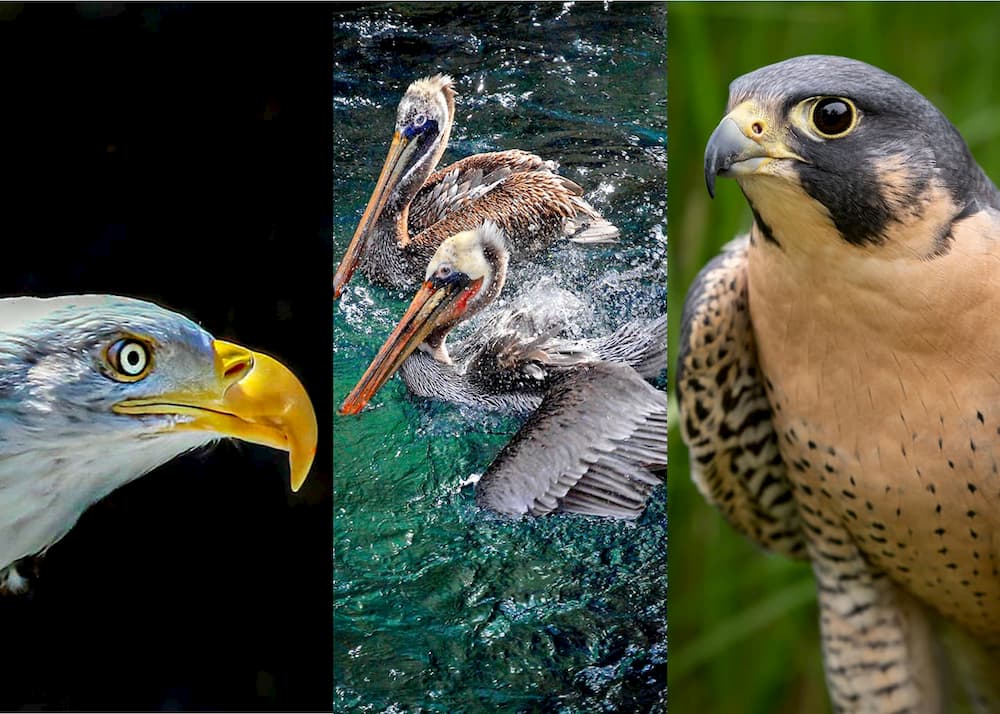Zoo Update with Tom Jacobson

Protecting Pronghorn: An Update from South of the Border
March 2, 2020
Greetings from North Carolina! Photo by Tom Jacobson
In January, I had the privilege of joining Zoo Director Denise Verret for my first annual Zoo Directors’ Policy Conference in Wilmington, North Carolina. After a tour of the beautiful North Carolina Aquarium at Fort Fisher and a hike to the beach, where we saw dolphins in the surf, it was wonderful to hear the leadership of America’s zoos collaborating on the big wildlife conservation challenges of our time. It’s an impressive group, and Denise was at the forefront, moderating a panel discussion on combatting wildlife trafficking. While there are many crises to address, there are also many opportunities for the Los Angeles Zoo to take a leadership role.
The wildfires in Australia took a terrible toll on wildlife—killing more than a billion animals and increasing the likelihood of some species going extinct. So our Zoo responded by raising money to support wildfire recovery. On January 26, every person who walked through our gates became a part of our conservation efforts—a GLAZA Trustee made a gift of $1 on behalf of each attendee that day, a total of $7,220. In addition, online fundraising for wildfire relief through our website totaled $9,300 and our patrons made on-site gifts in our zoo stores of $525. Altogether, $17,045 was raised to help the animals of Australia.
Our Zoo’s effort is not the only good news in conservation, however. One of our docents, Muriel Horacek, recently heard from her friends on Kangaroo Island that nature is already beginning its recovery, with new growth on scorched trees and burrowing animals coming out of hiding and leaving tracks in the ashes.
In another encouraging update, Dr. Stuart Butchart, chief scientist at BirdLife International, has developed a new study indicating that worldwide conservation efforts have reduced the effective extinction rate of birds by an impressive 40 percent. Due to collective conservation efforts over the last 30 years, some critically endangered species are now much more likely to move to a lower threat category than they are to go extinct.
It’s tempting to feel discouraged by bad environmental news like the Australia wildfires. Dramatic footage of destruction grabs media attention but it can also inspire apathy rather than action. That’s why your Zoo gives you the opportunity to join us in reaching beyond Los Angeles to save species around the world.






